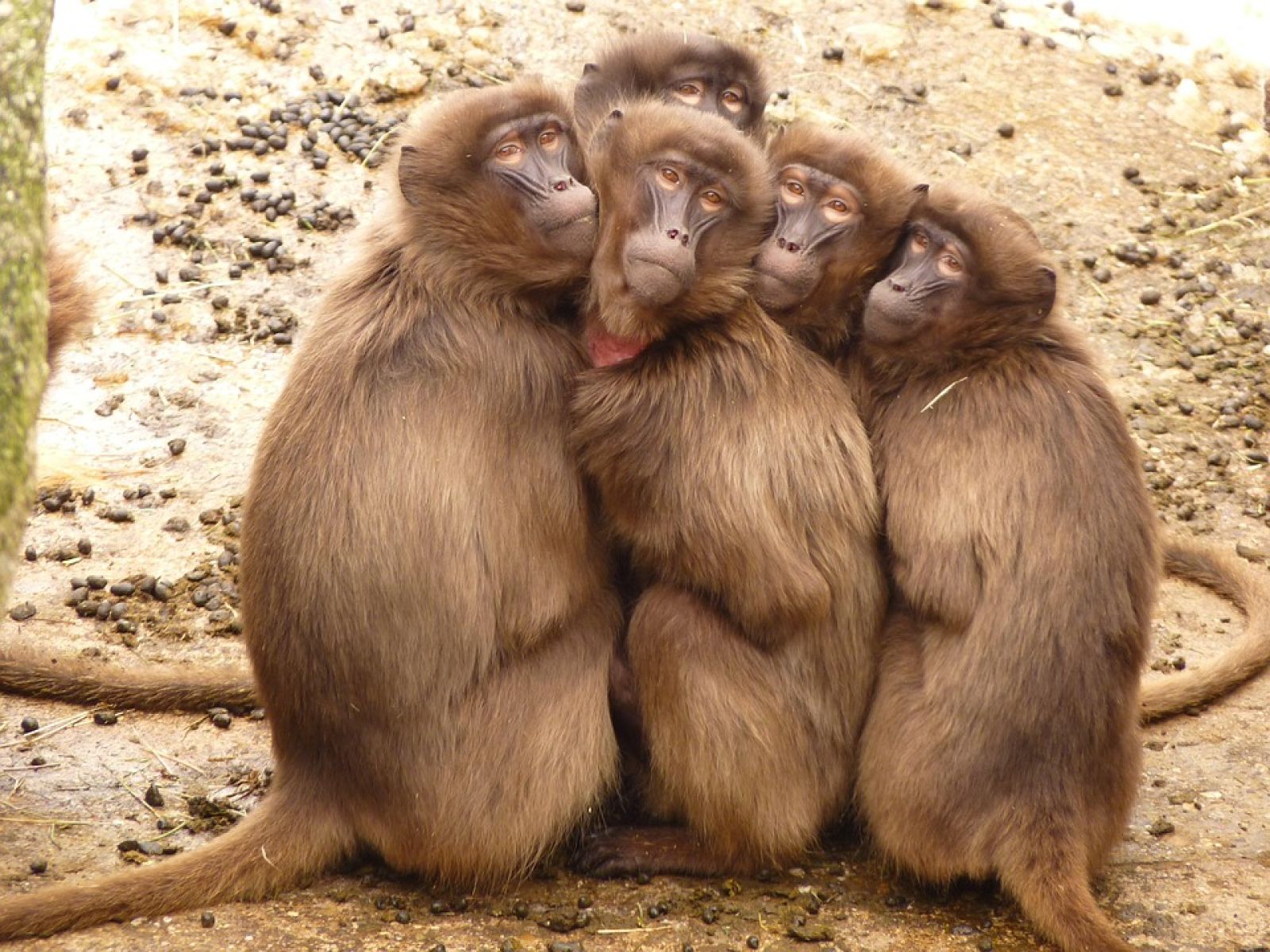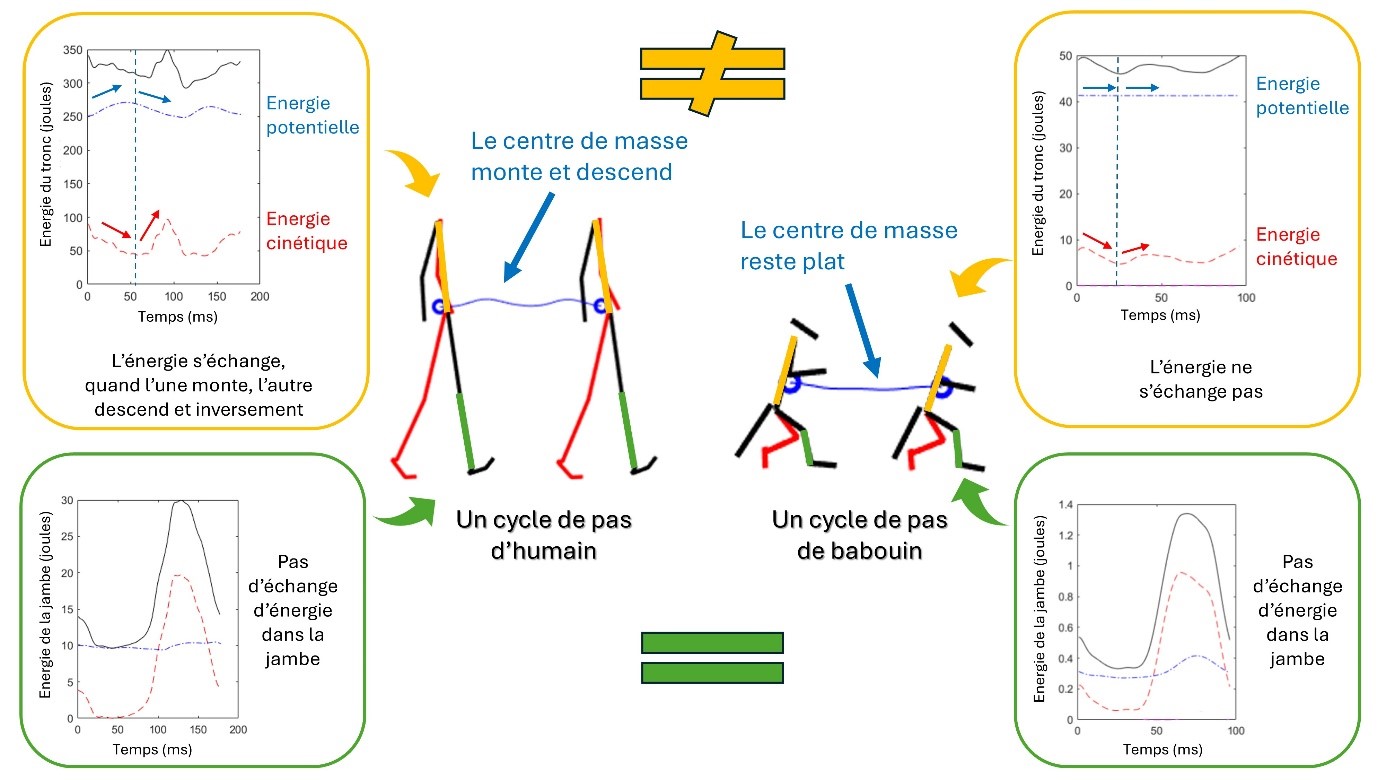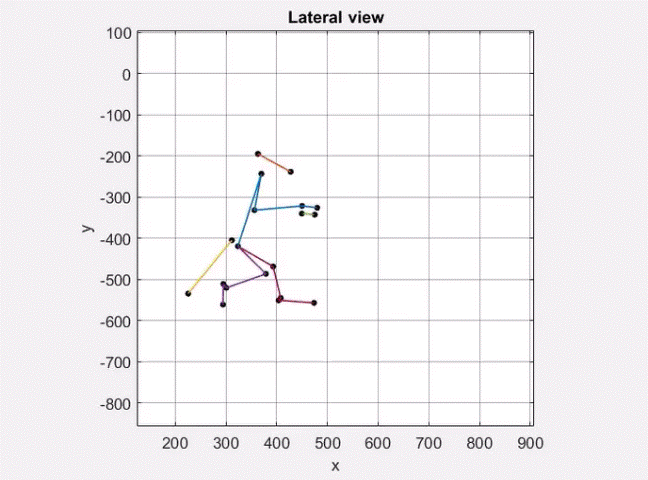Follow us on Google News (click on ☆)
Their results, published in the American Journal of Biological Anthropology, reveal key similarities and differences with humans, and suggest that simple postural adjustments may have played a crucial role in the emergence of more efficient bipedalism in our ancestors.

Illustration image Pixabay
Walking upright on two legs seems perfectly natural to us today. Yet this human-specific way of moving results from a long evolutionary process whose mechanisms remain largely unclear and are the subject of numerous studies in biological anthropology.
A team of researchers from the Natural History of Prehistoric Humans (HNHP) laboratory, the Bio-Cultural Anthropology, Law, Ethics and Health (ADES) laboratory, and the Primatology Station (SdP) recently explored this question by studying baboon bipedal walking.
Although primarily quadrupedal, these primates sometimes move on two legs. Their posture, with flexed hips and knees, differs from ours and requires more energy. However, this gait could represent an intermediate stage in the evolution of our bipedalism. Indeed, all non-human primates that walk bipedally have flexed limbs, suggesting that human bipedalism may have originated from a similar ancestral form.
To learn more, scientists analyzed the movements of 17 young and adult baboons, measuring their body movements and energy transfers over 40 steps. By comparing this data with humans, they sought to understand the mechanisms of more energy-efficient walking.

Examples of energy exchange (potential and kinetic) in the trunk and leg in humans and baboons during bipedal walking. Major differences exist in the trunk, but the leg moves similarly in humans and baboons despite differing postures.
Their results first show that energy efficiency varies with age: young baboons walk differently from adults. Moreover, baboons recover much less energy from one step to the next than humans. However, certain body parts, such as the thighs and legs, show similar movements. In contrast, trunk and arm movements are far less coordinated, leading to significant energy losses.
Thus, modest adjustments, particularly in the trunk, could significantly improve the efficiency of bipedal walking in these primates. This finding supports the idea that our ancestors may have gradually adopted more efficient walking by slightly modifying their posture and body coordination, without requiring immediate radical transformations.

Typical bipedal walking sequence in baboons.
This study proposes a new way of thinking about the evolution of bipedalism: not as a sudden revolution, but as a gradual refinement, made up of small cumulative energy gains. A hypothesis that places the simplest actions, like walking, at the heart of our evolutionary history.